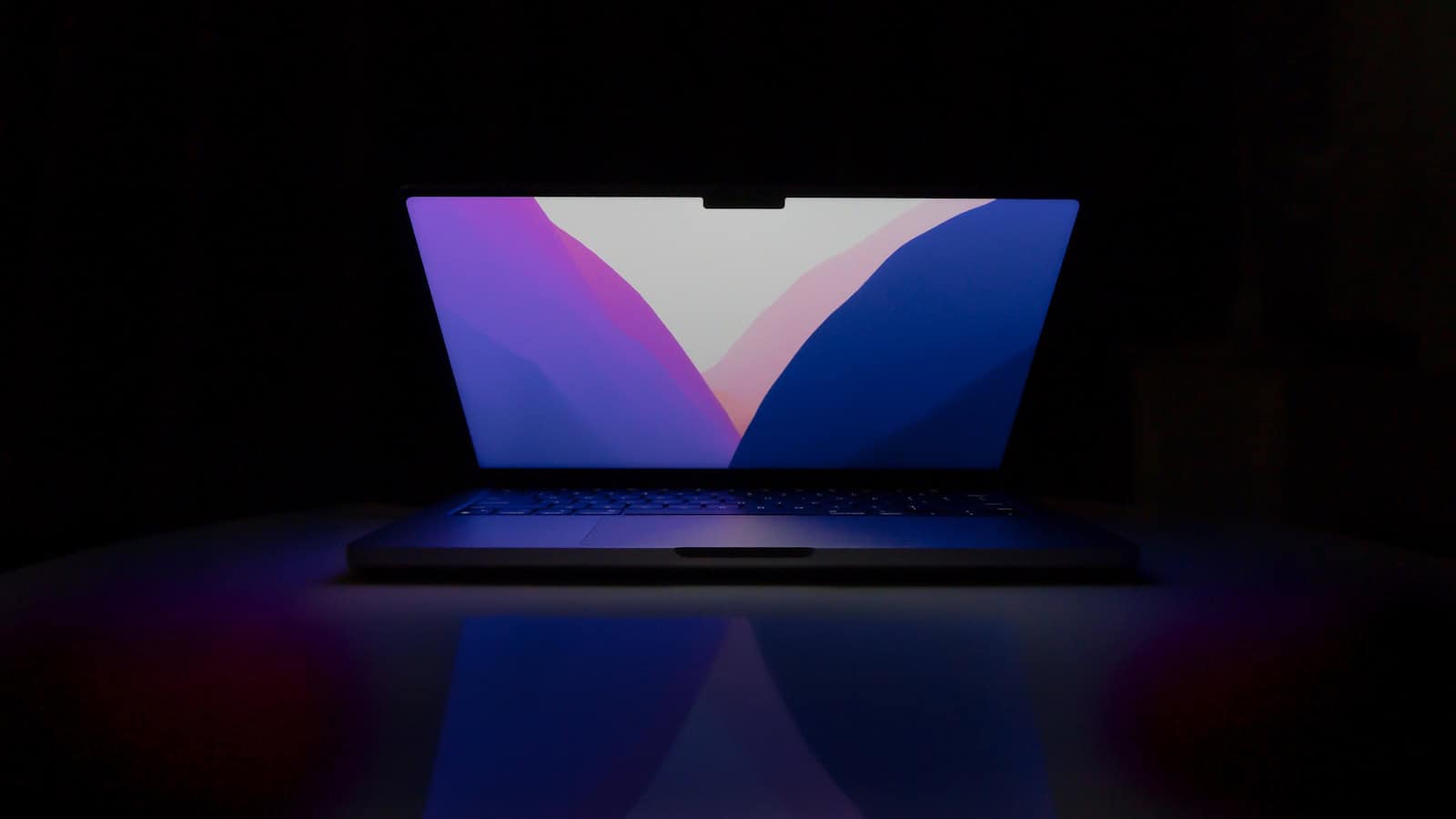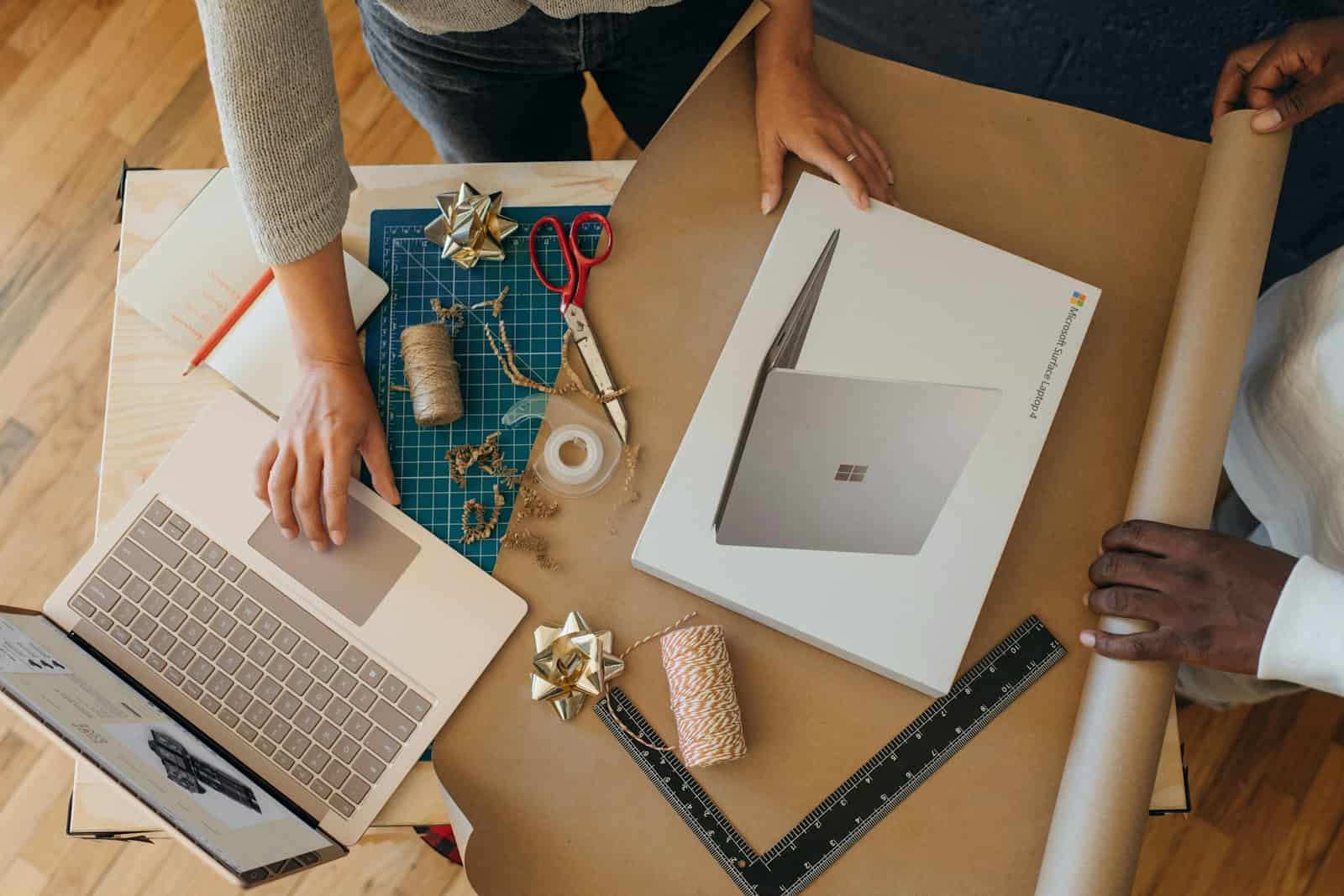Getting a new computer is exciting. Setting it up can be simple if you know what to do. This guide will help you get your new computer ready to use quickly and easily.
The first step in setting up a new computer is connecting it to the internet and updating the operating system. This makes sure your computer has the latest features and security fixes. After that, you’ll want to set up your privacy settings and user account.
Next, you’ll install important software like antivirus programs and web browsers. You may also want to move your files and settings from your old computer to the new one. With these steps done, your new computer will be ready for work or play.
New Computer Set Up Guide: Steps for a Smooth Start
Setting up a new computer is exciting—but it can also feel overwhelming if you’re not sure where to start. Whether you’re working with a Windows PC or a Mac, this guide will walk you through the essential steps to get your system up and running smoothly.

1. Unbox and Physically Set Up Your Computer
Start with the basics:
- Remove all packaging and protective coverings.
- Place your computer on a flat, stable surface.
- Connect the power cable, monitor, keyboard, and mouse.
- For desktops, plug in any peripherals like speakers or printers.
- If it’s a laptop, plug it in to charge fully before setup.
2. Power On and Complete Initial Setup
Once everything is plugged in:
- Turn on the computer.
- Follow the on-screen instructions to select your language, region, and keyboard layout.
- Connect to a Wi-Fi network or Ethernet.
- Sign in or create an account (Windows account or Apple ID).
- Choose privacy settings—disable anything you’re not comfortable with, like location tracking or ad personalization.
3. Install System Updates
Your new computer may not come with the latest updates:
- On Windows, go to Settings → Update & Security → Windows Update.
- On Mac, go to System Settings → General → Software Update.
- Install all available updates and restart when prompted.
4. Set Up Security and Privacy
Protect your data from the start:
- Enable automatic updates.
- Set up a password, PIN, or biometric login.
- Install antivirus software if it’s not pre-installed (especially for Windows).
- Activate a firewall (usually on by default).
- Consider installing a password manager to keep your logins secure.
5. Remove Bloatware (for Windows PCs)
Manufacturers often pre-install unnecessary apps:
- Go to Settings → Apps → Installed apps.
- Uninstall anything you don’t recognize or plan to use.
- Use tools like PC Decrapifier or Revo Uninstaller for a deeper clean.
6. Install Essential Software
Depending on your needs, consider installing:
- Web browsers (Chrome, Firefox, Brave, etc.)
- Office suite (Microsoft 365, Google Docs, LibreOffice)
- Cloud storage apps (Google Drive, Dropbox, OneDrive)
- Communication tools (Zoom, Microsoft Teams, Slack)
- Creative software (Photoshop, DaVinci Resolve, etc.)
- Any work- or school-specific applications
7. Transfer Files and Data
If you’re switching from an old computer:
- Use an external hard drive or cloud service to transfer files.
- Windows has a “PC Mover” utility and Mac users can use “Migration Assistant.”
- Sync files through cloud accounts like Google Drive or iCloud for easy access.
8. Set Up Backups
Always have a recovery plan:
- For Windows: Use File History or third-party backup software.
- For Mac: Set up Time Machine with an external hard drive.
- Consider cloud backup solutions like Backblaze or iDrive.
9. Customize Your Environment
Make it feel like yours:
- Change desktop wallpaper and theme.
- Adjust display resolution, font size, and scaling.
- Organize your desktop and start menu/dock for quick access.
- Pin favorite apps and tools.
10. Test Everything
Double-check:
- Internet connectivity.
- Audio and video (speakers, webcam, mic).
- External devices like printers, USB drives, or Bluetooth peripherals.
- Battery health (if it’s a laptop).
By following these steps, your new computer will be secure, personalized, and ready for work, play, or anything in between. Make sure to check for updates regularly and keep your backup system running—it’ll save you time and headaches down the road.
Key Takeaways
- Connect to the internet and update your system first
- Set up privacy settings and user accounts
- Install important software and transfer your files
Initial Computer Setup
Setting up a new computer involves several key steps to ensure it’s ready for use. This includes connecting hardware, adjusting settings, updating the system, and creating recovery tools.
Unpacking and Connecting Hardware
Take the computer out of the box. Check that all parts are there. For desktops, plug in the power cord, monitor, keyboard, and mouse. For laptops, just plug in the power cord. Turn on the computer.
Connect to the internet. Use Wi-Fi or an ethernet cable. Plug in other devices like printers or speakers. Make sure everything works.
Configuring Basic Settings
Choose your language, region, and time zone. Pick a keyboard layout. Windows will ask you to sign in or make an account. You can use a Microsoft account or make a local one.
Set a strong password or PIN. Choose privacy settings. Decide if you want to share your location or let Windows find your device if it’s lost.
Installing Operating System Updates
Open the Windows Settings app. Go to the Update section. Click “Check for updates”. Install all updates Windows finds. This may take a while and need restarts.
Keep checking for updates until no more show up. This makes sure your computer has the latest fixes and features.
Creating Recovery Tools
Make a backup of your system. This helps if something goes wrong later. Go to Settings, then Update & Security, and click Backup.
Create a recovery drive. Use a USB flash drive or external hard drive. This lets you fix Windows if it won’t start. Go to Control Panel, then Recovery, to make one.
Software and Security Configuration
Setting up software and security on a new computer is key. It helps keep your system safe and running well. Let’s look at the main steps to take.
Installing Essential Applications
Start by getting the apps you need most. A good web browser is a must. Google Chrome, Mozilla Firefox, and Microsoft Edge are top picks. Choose one as your main browser.
Next, get an office suite. Microsoft 365 is popular, but there are free options too. Make sure you have software to read PDFs.
Don’t forget a password manager. It keeps your online accounts safe. LastPass and Bitwarden are good choices.
Install any apps you use often for work or fun. This might include chat apps, photo editors, or music players.
Configuring Online Services and Accounts
Set up your Microsoft account if you haven’t yet. It links to many Windows features.
Add your email accounts to the Mail app. This makes checking email easy.
Set up cloud storage like OneDrive or Dropbox. It backs up your files and lets you access them anywhere.
Link your phone to your PC with the Your Phone app. This lets you see texts and photos on your computer.
Enhancing Security and Privacy
Turn on Windows Defender. It’s a free antivirus that comes with Windows. It works well for most people.
Set up Windows Hello if your PC supports it. This lets you log in with your face or fingerprint.
Check your privacy settings. Go to Settings > Privacy. Turn off options you’re not comfy with.
Update your software often. This fixes bugs and security holes.
Use a VPN for extra online privacy. It hides your internet activity from others.







